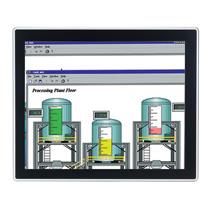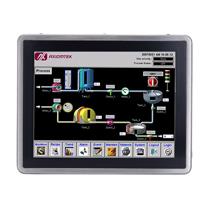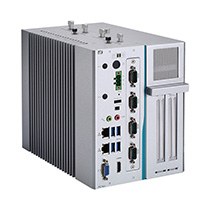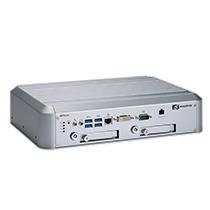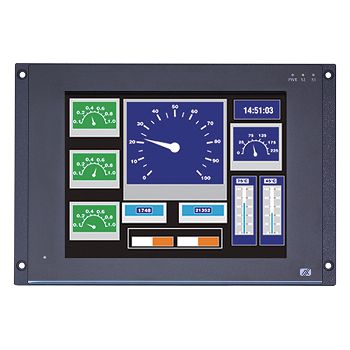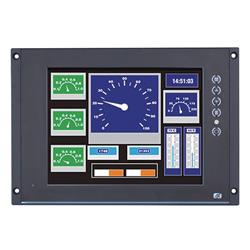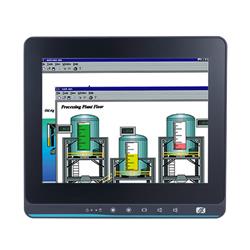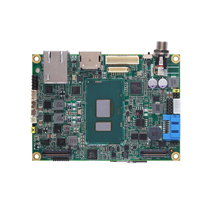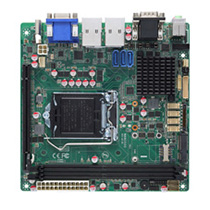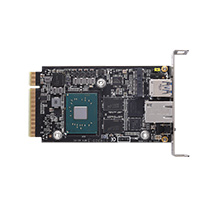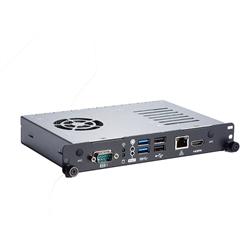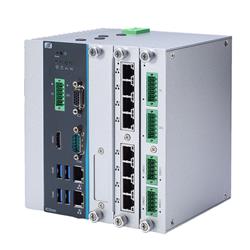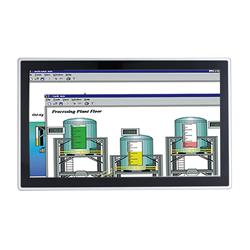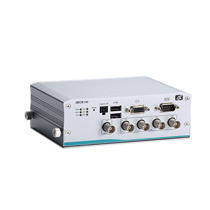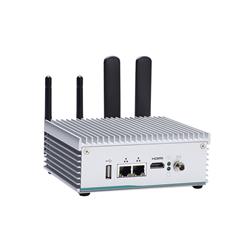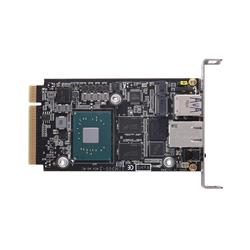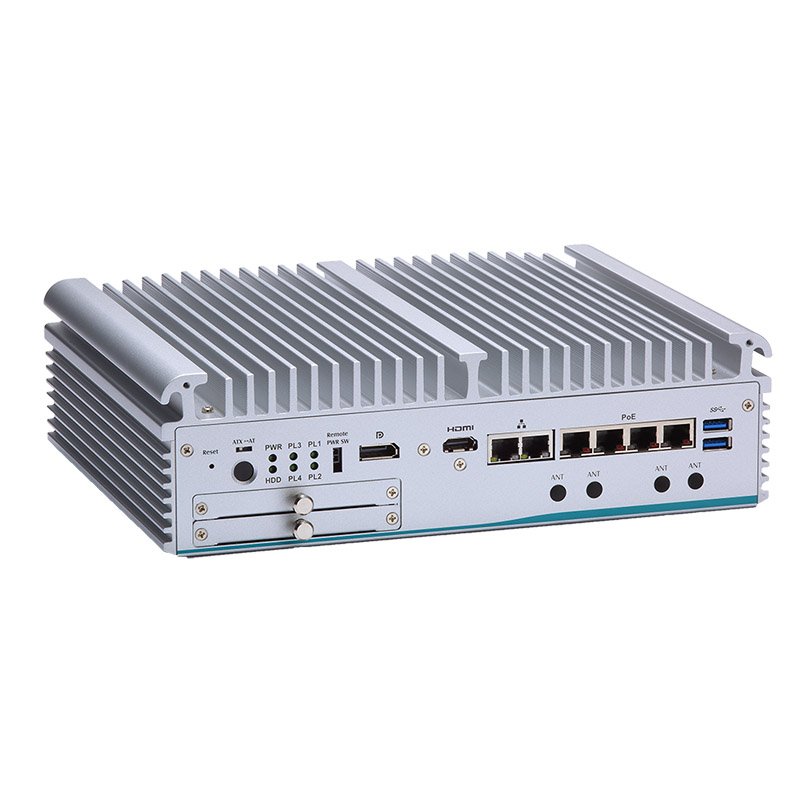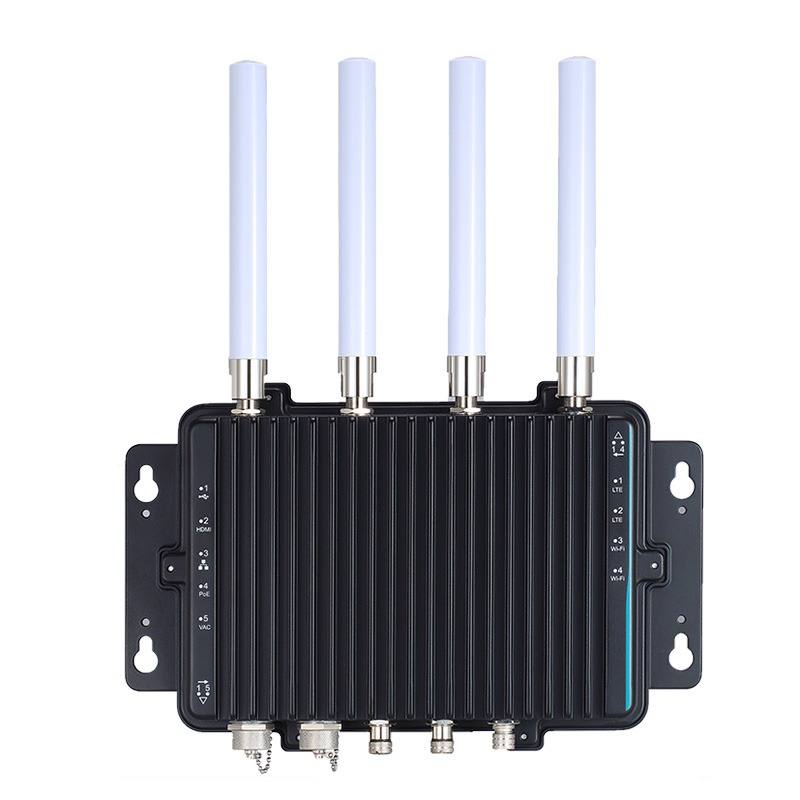From IoT to AIoT – Smart IoT Powered by AI
While IoT allows enterprises to turn device data into actionable insights to optimize business processes and prevent problems, the ability to handle data in a timely, effective manner will determine whether an enterprise can fully enjoy the benefits of IoT. With numerous flows of data streamed from connected sensors and devices that are increasing by billion per year, it is only a matter of time that the enterprise clouds, growing slowly at an annual rate of thousands, will eventually be overwhelmed by enormous volumes of datasets which are beyond their capacity to digest.
Also, in applications like autonomous machine operation, security surveillance, and manufacturing process monitoring, local devices need to act instantly in response to time-critical events. Waiting for feedback from the cloud can result in a response delay and make devices less likely to accomplish the tasks in real time. To resolve the issues of data overload and response lag, a growing number of companies are now seeking to incorporate edge computing and AI solutions into their IoT systems.
Edge computing: processing data where it is needed
Edge computing is a distributed computing technology which brings computation to the edge of an IoT network, where local devices are able to process time-sensitive data as close to its source as possible, rather than having to send the data to a centralized control server for analysis. The primary benefit of bringing data processing back to the edge is that it allows sensor data to be processed right on the spot where it is generated, which eliminates latency and enables local devices and applications to respond instantaneously. Meanwhile, by filtering raw data near the source, edge computing can significantly reduce the amount of data to be sent to the enterprise cloud, alleviating both bandwidth usage and analytical burden.
AIoT: when IoT meets artificial intelligence
Although some IoT systems are built for simple event control where a sensor signal triggers a corresponding reaction, such as switching on/off light based on ambient lighting changes, many events are far more complex, requiring applications to interpret the event using analytical techniques in order to initiate proper actions. To make this work, a new IoT structure known as the Artificial Intelligence of Things (AIoT) comes into play. It applies intelligence to the edge and gives devices the ability to understand the data, observe the environment around them, and decide what to do best – all can be done with minimum human intervention. With the power of AI, AIoT devices are not just messengers feeding information to the control center, but have evolved into intelligent machines capable of performing self-driven analytics and acting independently.
Deep Learning – Machines Learn Like Humans
Deep learning is an advanced branch of artificial intelligence algorithms increasingly deployed at the edge for analyzing visual imagery. A key technology behind computer vision, self-driving vehicles, robots, and many other vision-enabled autonomous machines, deep learning teaches computers to learn complex patterns from image data in order to detect and identify objects in photos and videos – in a similar way that the human brain does.
Deep learning allows a computer to recognize intricate patterns much faster and with greater accuracy, in many cases surpassing human-level performance. It is also a highly data-driven technology because a deep neural network must take in tremendous amounts of training data in order to increase inference accuracy. This makes IoT a perfect environment for deep learning, where interconnected machines and sensors constantly feed tons of data from which deep learning models can learn and improve their performance. Deploying AI at the edge of an IoT network also gives deep learning models the ability to observe their surroundings more closely than they ever could before, allowing them to deliver better inference results.
How Axiomtek’s Edge AI Systems Enable Deeping Learning in Various Markets
Smart farming with eBOX560-900-FL
The customer has been developing a smart camera system that enables 24/7 cattle behavior monitoring and video data analysis to improve farming operations. Using Axiomtek’s eBOX560-900-FL to combine both computer vision and artificial intelligence capabilities, the camera system is able to identify animals with specific eating or drinking activities from video footage, discover health and feeding patterns, and assess how environmental changes/farming practices impact livestock. The camera system delivers daily event notifications to farmers through their phones, while also providing remote access to detailed analytics about their herd and farm operations, which is helpful for farmers to turn visual information into actionable insights and make data-driven decisions to maximize productivity and profitability.
Video-based traffic management with eBOX800-900-FL
The customer was initiating a traffic management program involving the implementation of an on-site video IoT solution with edge AI processing power to analyze live video feeds from street surveillance cameras. It aimed to provide timely traffic control via real-time video content analysis, meanwhile relieving the burden of transferring large video datasets back to the cloud for analysis. Axiomtek’s eBOX800-900-FL edge AI computing system, with its PoE camera connectivity, deep learning capability, as well as ruggedized design for harsh outdoor use, was deployed into the customer’s platform to facilitate traffic management by performing the tasks of computer vision-enabled video analytics:
- Traffic flow measurement: vehicle counting, vehicle speed detection, etc.
- Vehicle Tracking: vehicle type classification, driving line identification, and moving direction predictions (going straight; turning right or left).
The traffic and vehicle tracking analysis based on live video streams would help transportation authorities detect incidents and give them a better understanding of the actual traffic volume on the road, allowing them to precisely estimate potential traffic jam areas/periods and take prompt actions to eliminate congestion or help drivers avoid it. The results of real-time traffic analysis can also be integrated with other intelligent traffic systems such as traffic light control to direct vehicles to alternate routes with less traffic.
